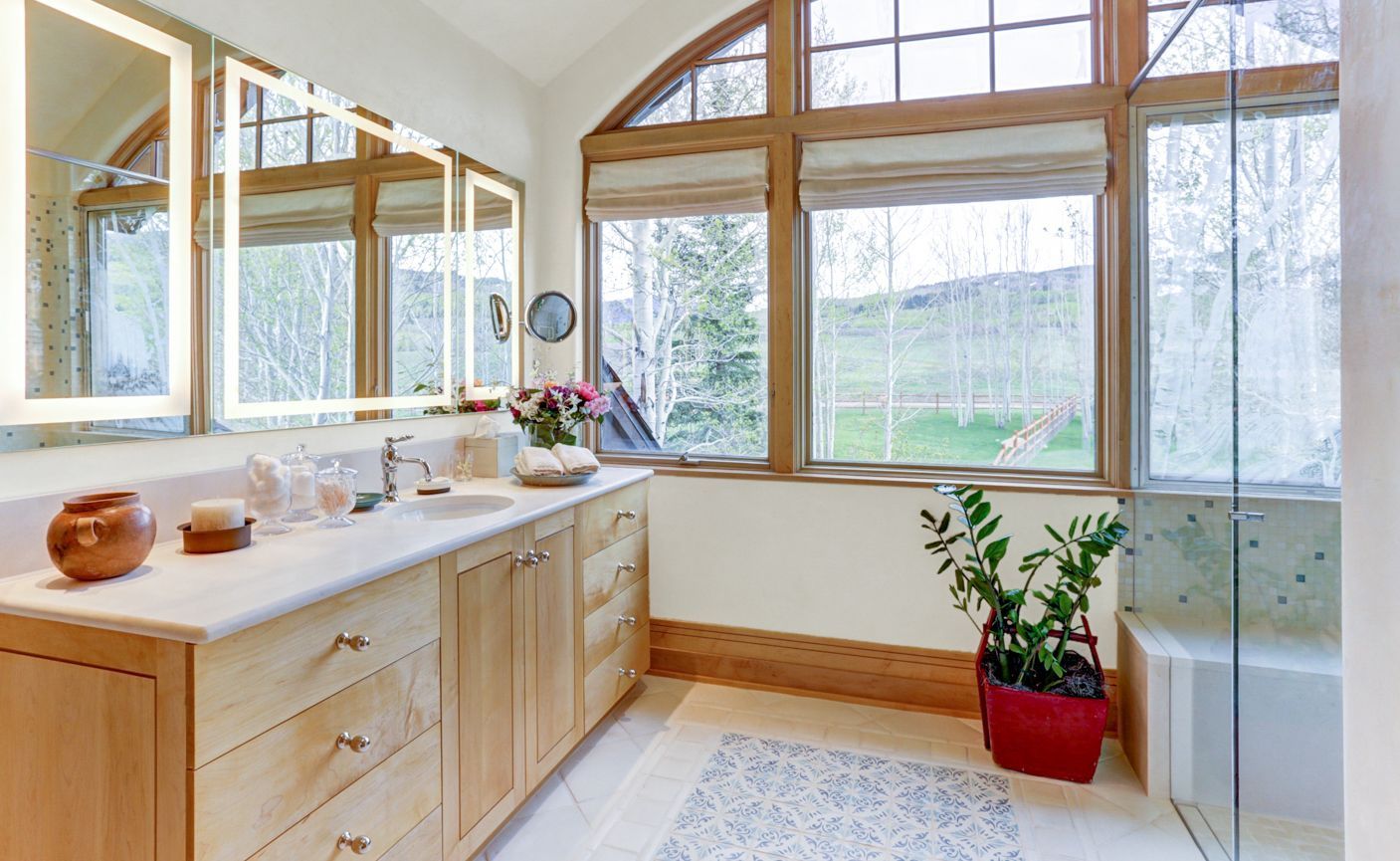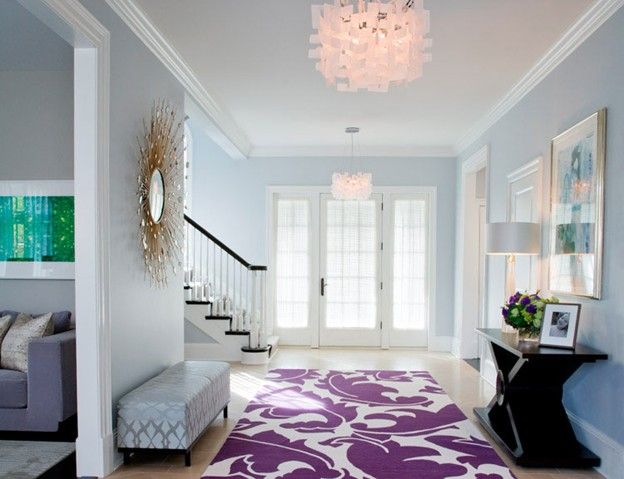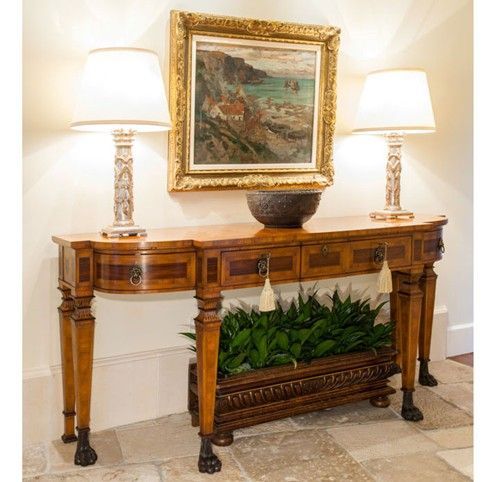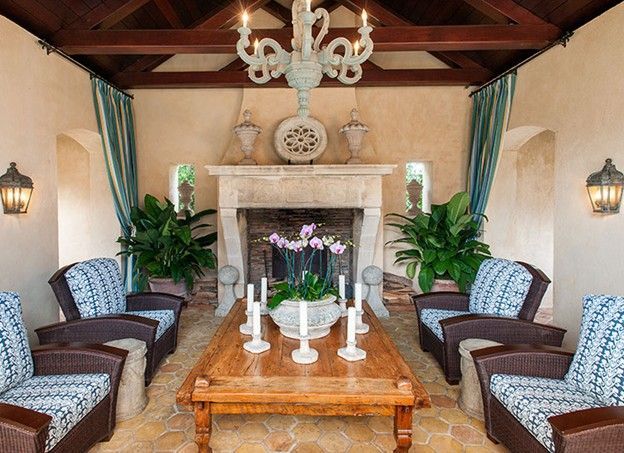Craftsmanship in Contemporary Design
In every beautiful interior, there is an unseen dialogue between concept and creation. Craftsmanship is what transforms design from idea to experience. In contemporary design, where clean lines and minimal ornamentation often prevail, craftsmanship provides the warmth and human touch that make spaces truly come alive.
We view craftsmanship not as nostalgia, but as continuity. It connects us to the long tradition of makers who shaped their materials with care and imagination. Whether it is a hand-carved detail on a door, a custom metal inlay, or a piece of bespoke furniture, these gestures remind us that design is as much about the hand as it is about the mind.
The Role of the Artisan
Modern design does not exclude artisanship; it depends on it. Each project begins with collaboration, where we work closely with skilled craftspeople who understand material at its essence. A cabinetmaker knows how wood responds to touch and time. A textile weaver understands how fibers catch light and shadow. These relationships transform our designs into living, tactile works of art.
When a home features a stone floor with subtle variation, a plaster wall with the faint trace of a trowel, or hand-finished hardware that bears the marks of its maker, those elements tell a story. They reveal process and individuality. Perfection in contemporary design is not found in uniformity, but in authenticity.
Material Integrity
In an age of mass production, true craftsmanship relies on respect for materials. We favor natural and enduring substances such as walnut, marble, bronze, and linen. Each carries inherent qualities of texture, tone, and strength that deepen with age. When treated properly, these materials acquire a patina that enhances their character rather than diminishing it.
Material integrity also fosters sustainability. When something is made well, it endures. A custom dining table crafted from solid wood or a metalwork fixture produced by hand will outlast synthetic imitations. This longevity reflects both environmental responsibility and a belief in timeless design.
Precision and Restraint
Craftsmanship in contemporary interiors often expresses itself through restraint. The simplest joinery, executed with precision, can be more beautiful than elaborate decoration. Subtle details, such as a mitered edge or seamless transition between materials, show mastery without excess.
We believe that craftsmanship should invite discovery. When a client runs their hand across a perfectly smooth stone surface or feels the subtle weight of a bronze handle, they engage directly with quality. These experiences create intimacy between people and the spaces they inhabit.
The Harmony of Technology and Handwork
Modern tools and traditional craftsmanship can coexist beautifully. Digital modeling allows us to refine proportions and explore complex forms, while hand finishing ensures that each piece retains soul and individuality. The goal is not to replace the artisan, but to give them new opportunities for precision and expression.
Through this balance, contemporary interiors gain both clarity and warmth. Clean lines remain essential, but they are softened by the evidence of touch and care. Craftsmanship bridges the gap between modern efficiency and human artistry.
A Living Tradition
Craftsmanship endures because it speaks to something universal: the desire for connection, authenticity, and beauty that lasts. Every handmade element carries with it the devotion of its maker and the intention of design. When these qualities come together, a space transcends the visual and becomes emotional.
Our work continues this dialogue between the past and the present, between technology and tradition. Through collaboration with artisans, attention to material, and respect for process, we ensure that every detail contributes to a greater whole. Craftsmanship is not a relic of history; it is the heartbeat of modern design.










